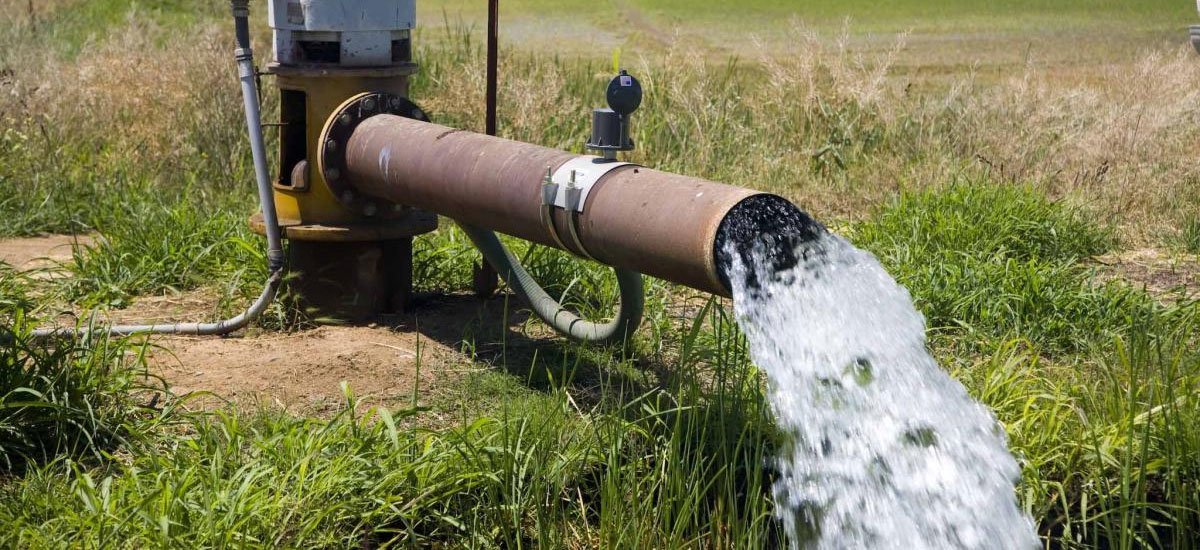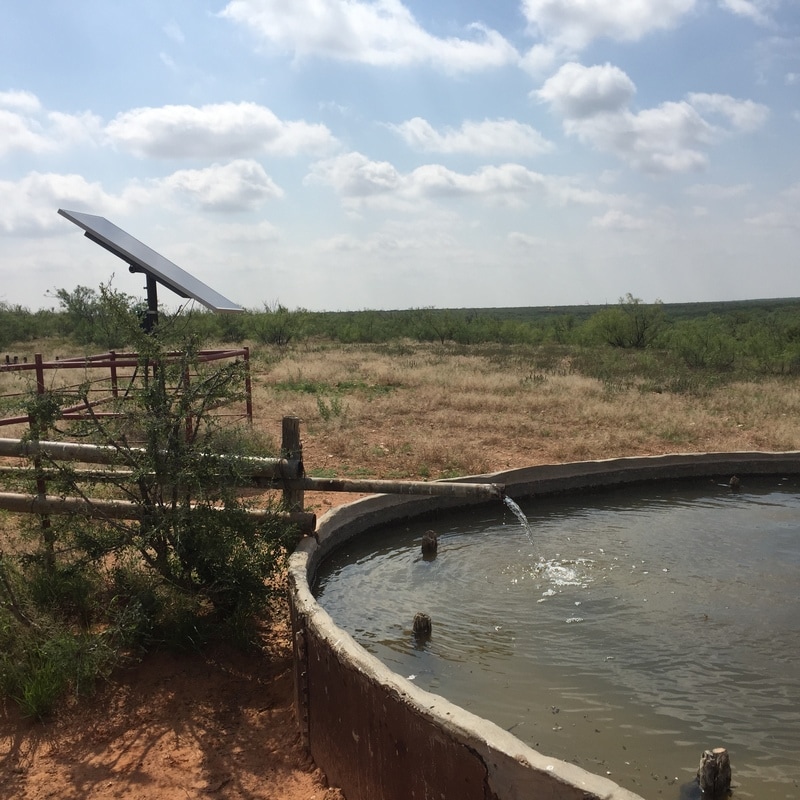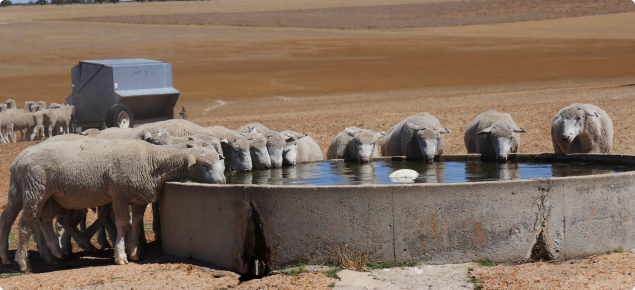No Livestock Producer Will Ever Be Able To Sell A Good Quality Product If There Is No Clean Water On The Farm
 |
 |
 |
The quality of drinking water is definitely one of the most important production factors and is often not considered when the topic of feeding systems is being discussed.
Good quality drinking water must always be available and accessible in any production system.
Care must be taken to ensure that water troughs are cleaned daily and they must be constructed in such a way as to not allow livestock to damage them. In most parts of the country, water is scarce and losses must be prevented. If shade can be provided it will ensure that the temperature of the water is always cool which can boost production during the hot summer months and it also reduces the growth rate of algae in the water supply.
The most important task regarding water supply is the fact that it must be continuous. The producer must put in place infrastructure e.g. reservoirs, dams, purification systems and pipelines. To ensure the quality of the water stays the same, regular water sampling and analyses must be done. The infrastructure necessary for continuous water quality supply will differ for different farms but must ensure a good quality water supply and enough water to prevent shortages from occurring.
The best tanks for small critters such as sheep-goats, or for just a couple of bigger critters, are probably the newer rubber pans. They can be set up to run with an automatic valve, so you don’t have to keep refilling them, but if they become fouled, they’re quick and easy to dump and rinse. These tanks are great in freezing climates because they can just be tipped upside down and stepped on – the ice simply pops out, even if the pan was frozen solid.
If you have a large herd of bigger animals, you’ll need a larger stock tank, but again get the smallest one you can get by with so it will be easy to drain and clean. There are a number of brands out now that are made of rubber or hard plastic, so they won’t rust out on you. If you do live in a severe freezing climate, the hard-plastic units will break if they freeze solid, though some are designed to work with an external heater. Try to steer clear of the style of electric stock-tank heaters that are suspended in the water; these are expensive to run, and if an animal chews through the cord it creates a major hazard for both animals and people.
Consider these alternatives for freezing climate:
- Run a small trickle of water continuously – through this tends to make a major ice monster by the end of the winter.
- Fill water tanks one a day during the coldest part of winter with just the amount of water that meets the animal’s needs. The goal is for them to have all the water they need but to drink the tank almost dry each day. We successfully used this technique, filling the tank first thing every morning; our animals learned to come up and get a couple of good, long drinks as the tank was filling. With our size tank and our stock, we learned to leave the tank about half full after everybody got their first drink, so by late afternoon, the tank was empty again.
- Splurge on one of the newer insulated water-tank systems. Galvanized tanks are readily available and come in a wide variety of sizes and styles, but they do tend to rust out. Poured-concrete tanks can work for any type of livestock, but if you do pour a tank and pad, make sure to roughen up the pad surface so it won’t be slippery for hooved animals. Provide a way to drain the tank for cleaning – or you may be manning the bucket brigade more often than you’d like.